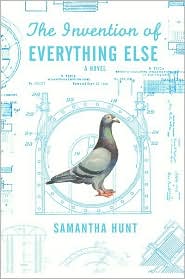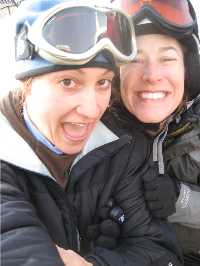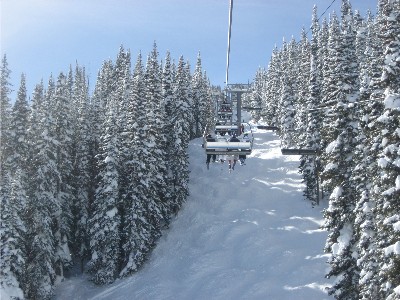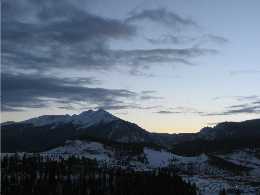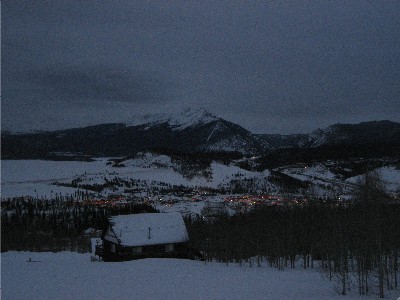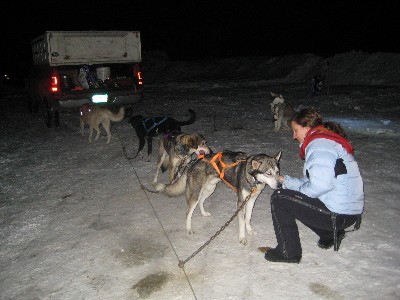“…gradually I write one page and then another. One day’s work is all I can permit myself to contemplate, and I eliminate the possibility of ever finishing. So it was now as I looked at the bright-colored projection of monster America.” –John Steinbeck, in Travels with Charley: In Search of America
 A roadmap of the United States hangs on my wall, much like the midsection of an arm or a leg spread out two-dimensionally in an anatomy textbook. Eggshell blue bodies of water lap up against the white skin of the land, splotched green and orange and brown. Vein-like roads tangle in the East, crisscrossing north and south. By the time they hit the Mississippi, they’re widening, opening up to the West. Nevada’s only got a few lifelines. Montana, North Dakota, and New Mexico are showing a lot of skin. Red and blue bundles circle the cities: pulse points. This map reads like life-sized invitation to get back out on the road. A constant temptation. I’m trying to settle down.
A roadmap of the United States hangs on my wall, much like the midsection of an arm or a leg spread out two-dimensionally in an anatomy textbook. Eggshell blue bodies of water lap up against the white skin of the land, splotched green and orange and brown. Vein-like roads tangle in the East, crisscrossing north and south. By the time they hit the Mississippi, they’re widening, opening up to the West. Nevada’s only got a few lifelines. Montana, North Dakota, and New Mexico are showing a lot of skin. Red and blue bundles circle the cities: pulse points. This map reads like life-sized invitation to get back out on the road. A constant temptation. I’m trying to settle down.

